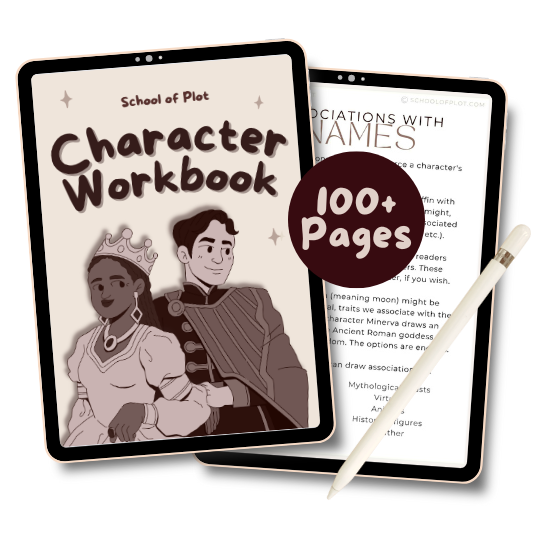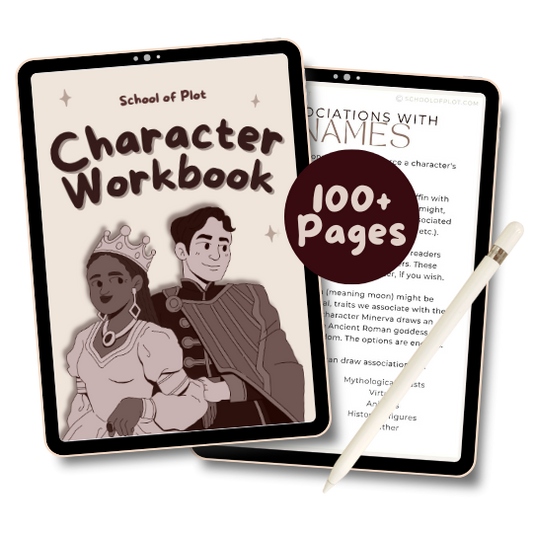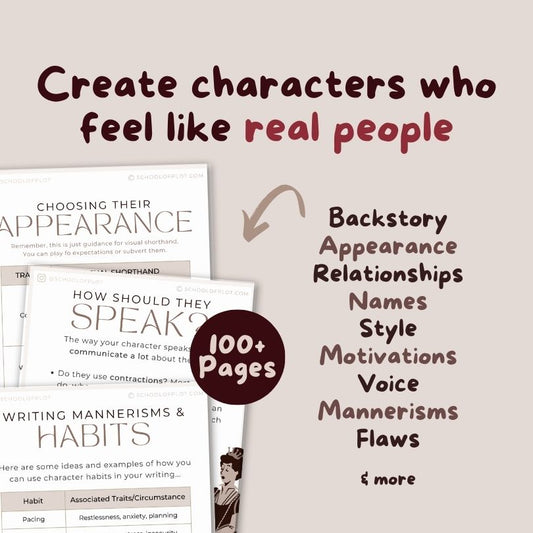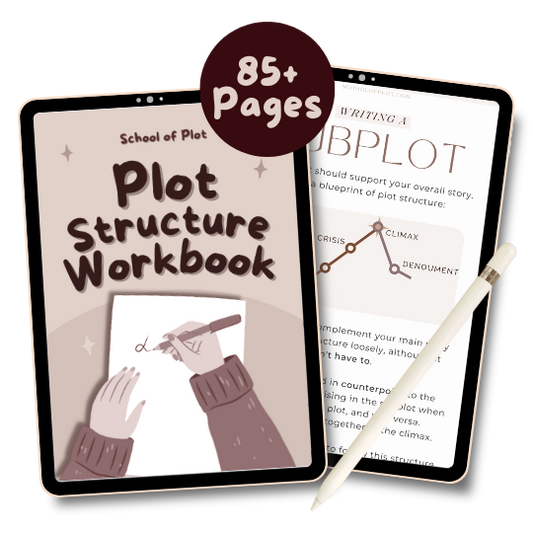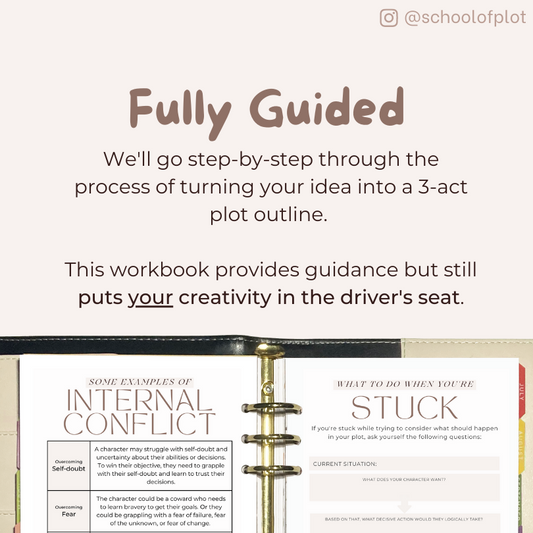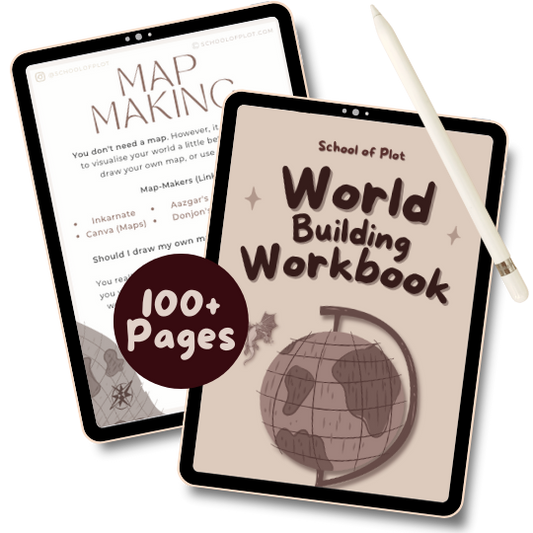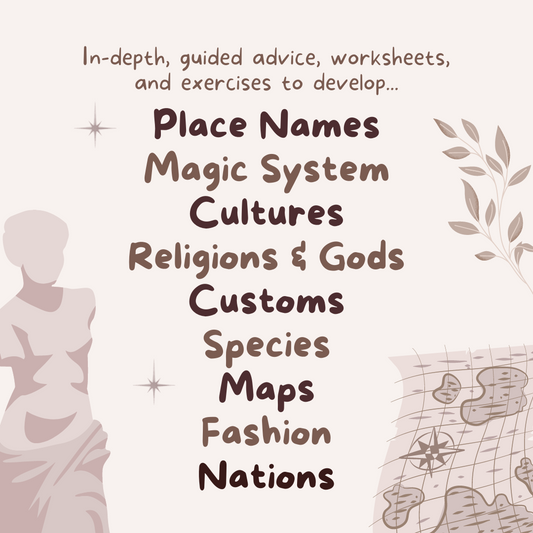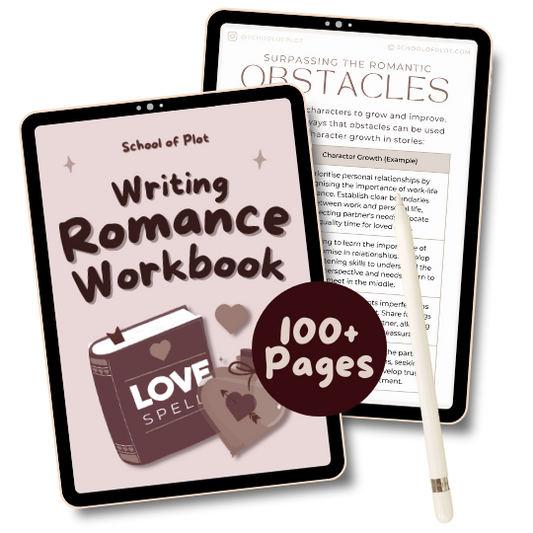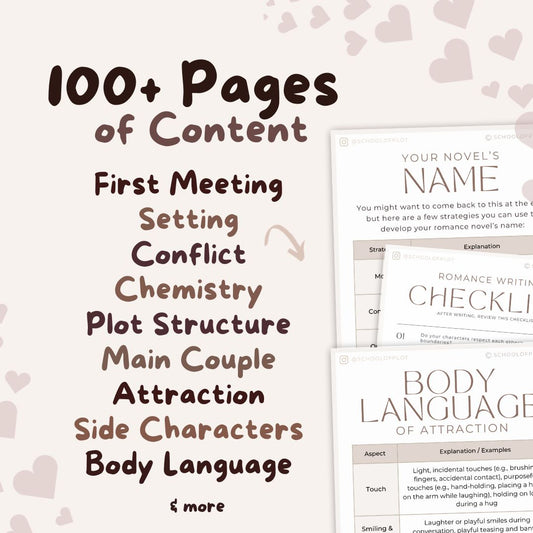You've got a great idea for a story, but that first blank page is staring at you. We've all been there. This guide has 5 great ways to start your story if you're stuck.
Action
If you plunge the reader into the action right away, they may keep reading and find out what happens next. That said, they don’t care about your character yet, so the stakes might feel lower at this point. For example...
- Chase scene
- Mid-heist
- Escape scene
- Character getting arrested
- Breakup scene
- Fight
- Argument
- Rescue mission
- Car crash
- Magical accident
Dialogue
Throw us into a conversation between characters to immediately hook us in. It can also be a great way to introduce characters and establish their voices.
A compelling conversation can make the reader curious to learn the context behind the conversation. We’re nosy! Look at this example from Chekhov's My Life:
THE Superintendent said to me: "I only keep you out of regard for your worthy father; but for that you would have been sent flying long ago." I replied to him: "You flatter me too much, your Excellency, in assuming that I am capable of flying." And then I heard him say: "Take that gentleman away; he gets upon my nerves."
Character
Speaking of connecting to your characters, you can open with a strong sense of who our protagonist is going to be. Introducing a character at the beginning of a novel allows readers to immediately form an emotional connection.
The Catcher in the Rye famously opens by giving us a very clear idea of who the narrator is.
“If you really want to hear about it, the first thing you’ll probably want to know is where I was born and what my lousy childhood was like, and how my parents were occupied and all before they had me, and all that David Copperfield kind of crap, but I don’t feel like going into it, if you want to know the truth.”
Statement
Many novels open with a pithy or thought-provoking statement. These openings set the tone for a novel and often introduce a key theme. Famous examples include...
- Pride and Prejudice ("It is a truth universally acknowledged that a single man in possession of a good fortune, must be in want of a wife." )
- Anna Karenina ("Happy families are all alike; every unhappy family is unhappy in its own way.")
Setting
Some novels begin with the author setting the scene. You can establish a vivid atmosphere or mood right from the beginning to immerse readers in your world.
- Little Dorrit ("Thirty years ago, Marseilles lay burning in the sun, one day")
Scene-setting helps readers visualise the events of your story and avoid white-room syndrome. If you need some help with creating immersive settings that feel real, I've made you a free settings cheat sheet.
